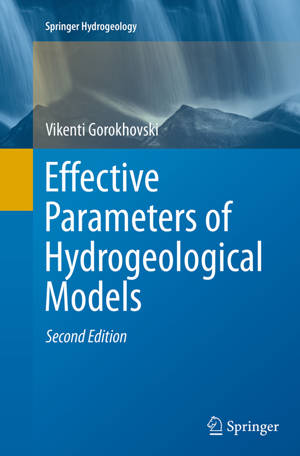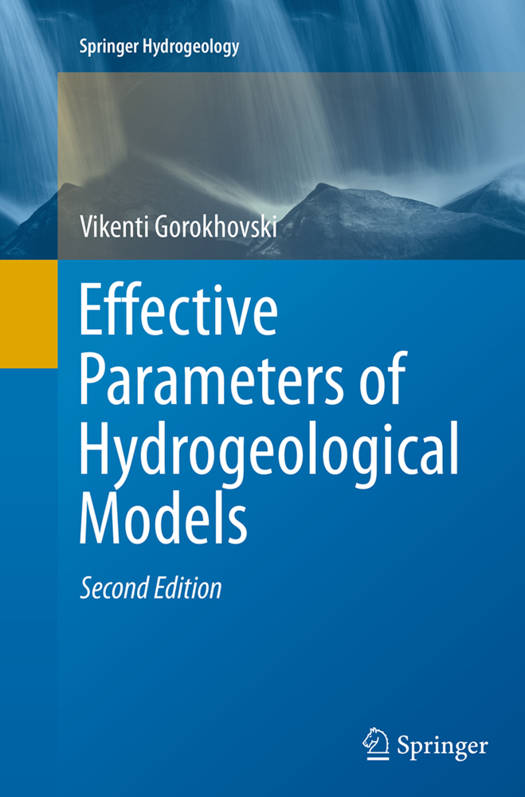
- Afhalen na 1 uur in een winkel met voorraad
- Gratis thuislevering in België vanaf € 30
- Ruim aanbod met 7 miljoen producten
- Afhalen na 1 uur in een winkel met voorraad
- Gratis thuislevering in België vanaf € 30
- Ruim aanbod met 7 miljoen producten
Zoeken
Omschrijving
Geological models used in predictive hydrogeological modeling are not exact replicas of the objects they represent: many details related to structures and properties of the objects remain unknown. Those details may considerably affect simulation results. A provable evaluation of the uncertainty of hydrogeological and solute transport simulations are almost impossible. In this book the author describes how to obtain the best-possible results in simulations, based on the available data and predefined criteria that are turned into transforming mechanisms. The latter are mathematical expressions for evaluating model parameters supporting effective simulations. Examples of the mechanisms as well as methods of their evaluation are provided in this book. It is also shown how these mechanisms can be used for the interpretation of hydrogeological data. The first edition of this book was published in the series Springer Briefs in Earth Sciences.
Specificaties
Betrokkenen
- Auteur(s):
- Uitgeverij:
Inhoud
- Aantal bladzijden:
- 182
- Taal:
- Engels
- Reeks:
Eigenschappen
- Productcode (EAN):
- 9783319374550
- Verschijningsdatum:
- 27/08/2016
- Uitvoering:
- Paperback
- Formaat:
- Trade paperback (VS)
- Afmetingen:
- 156 mm x 234 mm
- Gewicht:
- 294 g

Alleen bij Standaard Boekhandel
+ 210 punten op je klantenkaart van Standaard Boekhandel
Beoordelingen
We publiceren alleen reviews die voldoen aan de voorwaarden voor reviews. Bekijk onze voorwaarden voor reviews.











